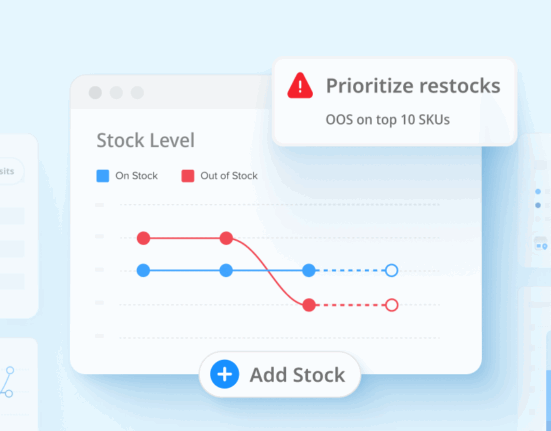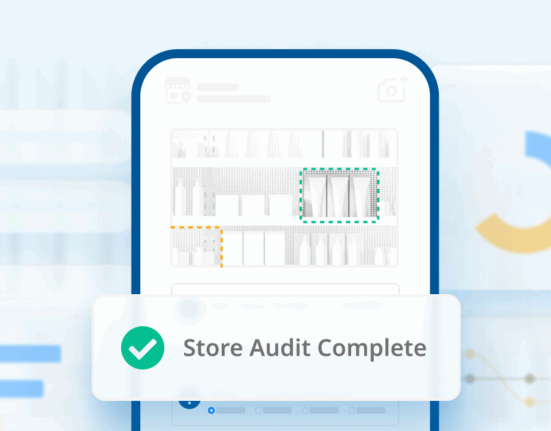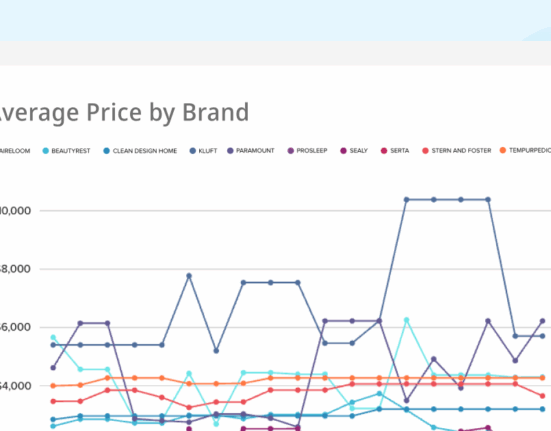The Digital Shelf Institute and Wiser bring to you a review of key topics shared with us by leaders in the digital space. Here’s a summary of the findings and strategies discussed in the report.
For a deeper dive into the report and detailed insights, you can access the document here.
Shifts in Performance Metrics
Digital leaders highlight a notable shift in the metrics used to measure the performance of online and in-store shopping. The focus has moved towards key performance indicators such as in-stock status and void reduction. This shift is driven by the need to ensure distribution effectiveness and promotional compliance, especially in the absence of Direct Store Delivery (DSD) representatives. The beverage industry, in particular, has seen a shift from prioritizing dollar growth to unit sales, reflecting changes in consumer purchasing behavior post-COVID. Investments in data collection and analysis tools have significantly improved visibility into product distribution and sales trends, facilitating more strategic discussions with distributors and retail partners.
Adapting Sales Strategies to Shopper Trends
Retailers are adopting customer segmentation to distinguish between full-price buyers and discount seekers. This approach, supported by data analysis and marketing insights, helps avoid devaluing the brand. By leveraging first-party data, brands can serve varied consumer needs without universal discounts, maintaining their premium image while appealing to different economic segments. Data-driven marketing and segmentation are prioritized to adapt sales strategies to current retail trends, preserving brand value and customer loyalty.
Ensuring Consistent Multi-Channel Customer Interactions
Consistency in customer interactions across retail channels is crucial for maintaining a unified brand experience. Digital leaders emphasize the importance of dedicated teams to ensure brand consistency across digital and physical shelves. Consistent and appealing visual branding has a significant impact on product sales, as evidenced by a case study where a label update led to a 25% increase in sales. The report also highlights the need for synchronized in-store displays and online content to offer a seamless brand experience, especially in light of reduced in-store staffing.
Balancing In-Store and Online Shopping Experiences
Understanding the differences in consumer behavior between in-store and online shoppers is essential. Premium brands face challenges in conveying their value proposition online, and initiatives like quality videos and imagery on product detail pages (PDPs) have proven effective. Digital leaders emphasize the importance of forecasting needs 12-18 months in advance based on customer segmentation and shopping behaviors. This strategic resource allocation helps manage inventory and meet customer expectations across channels.
Addressing Industry Threats
The report identifies several significant industry trends that could pose threats to brands:
- Shrinkage: Brands are evolving their display strategies, such as investing in locking cases with premium features to secure products without detracting from their appeal.
- Inventory Management: Redeploying retail broker partners to ensure accurate inventory levels and address auto-replenishment failures is critical to managing stock levels effectively.
- Category Squeezing: Certain sectors, like fashion, face consolidation pressures, highlighting the need for brands to clearly define their market position and value proposition.
- Private Labels: The rise of private labels challenges the market share and visibility of established brands, emphasizing the need for differentiation and solidifying value to consumers.
For a deeper dive into the report and detailed insights, you can access the document here.









